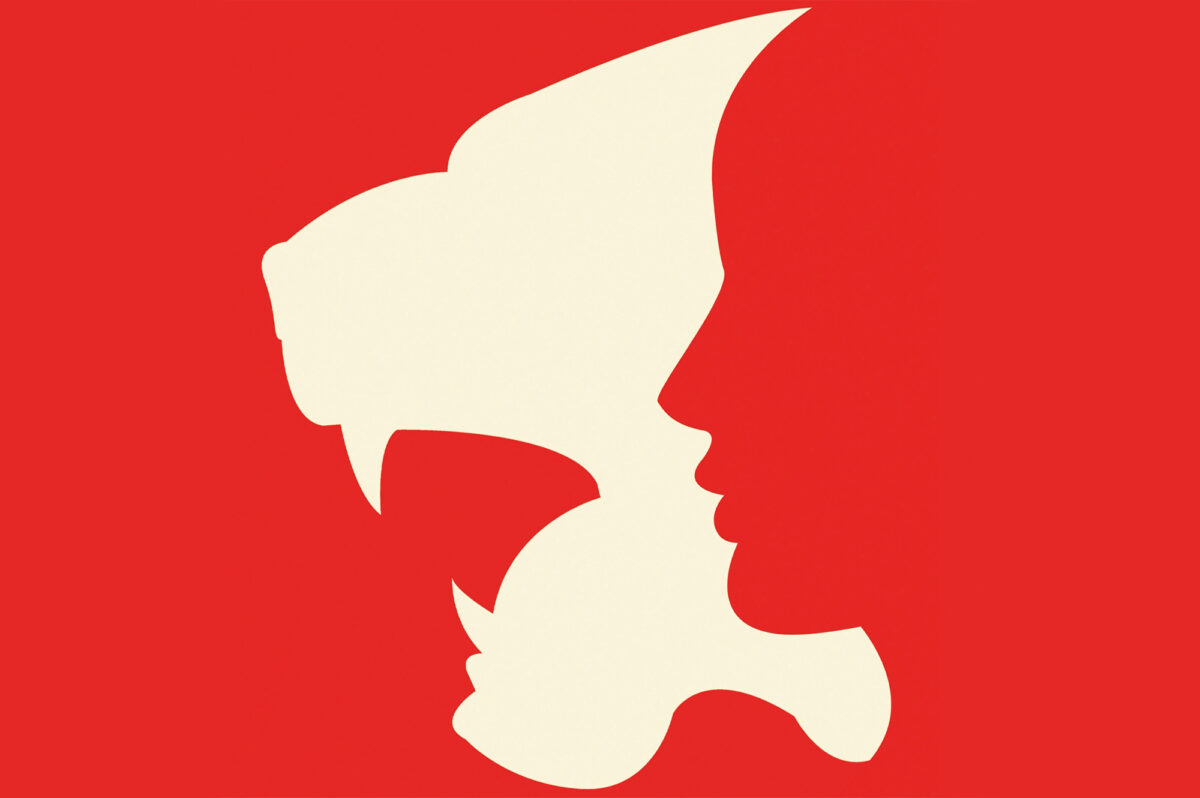I grew up in cities, and even though I now consider myself an outdoorsy person, I’m well aware that the wilderness is not my home. Predators lurk out there, and I could be just the tasty meal they’re looking for.
In my outdoor adventures, I’ve encountered a wide array of attitudes about predators. Some people religiously carry bear spray on hikes, while others claim the power to shoo bears away like naughty dogs. With these experiences in mind, I read Adam Hart’s new book, “The Deadly Balance: Predators and People in a Crowded World.”
Hart is the University of Gloucestershire’s professor of science communication and a BBC broadcaster. Trained as an entomologist (he’s even vice president of the Royal Entomological Society), he considers himself an ecologist, studying creatures from the top to the bottom of the food chain.

Researching the book
“The Deadly Balance” focuses on animals that prey on humans around the world. The balance in the title refers to humanity’s desire for conservation versus our urge to stay alive. Hart makes a clear distinction between people like me who choose to go outdoors for recreation and those in less-developed nations who risk animal encounters while accessing water to drink or bathe.
“Over the past decade or so I’ve spent a fair amount of time in southern Africa working on various ecological projects,” Hart told Outdoors Wire. “As I became more involved it became very apparent that people’s relationships with predators are very different.”
“Tourists for example flock to lion sightings, and in some cases they are the only species they really want to see. But at the same time, sometimes even in the same places, people lose their livestock and even their lives to lion attacks. Far too many people that love animals and care deeply about the planet simply don’t realise that conservation must account for the needs of people that live in what we, in the comfort of our homes far away, often rather arrogantly call habitat.”
Hart’s new book is divided up by animal species, with lions, tigers, crocodilians, bears, and hyenas getting lots of real estate. He based it on a mix of his own experiences, academic literature, and testimony from people who live and work alongside predators. His BBC radio series “Tooth and Claw” enlisted two experts per episode to focus on a particular predator.
“This was a great way to get information, and to tap into a world of contacts that were very generous with their time and expertise,” Hart said.
Earth’s scariest predators
After all Hart’s research, which predator most frightens him?
“A difficult question because I am lucky not to be living alongside predators, and when I am in places where predators are present I usually have the luxury of being safely in a vehicle, or on foot with others more experienced than me at keeping safe,” he said. “However, all that being said, when I see a wild lion, especially one that is relatively close, I definitely feel the hairs on the back of [my] neck standing up!”
Crocodilians and big cats like lions and tigers are the top people predators, Hart said. “But across the world there is much variation, depending on what species are present, cultural links and traditions, and your likelihood of being attacked. Studies in Tanzania have shown that a large proportion of people living in lion country do so with the fear of being attacked, even if the chances of it happening are very low. There is something viscerally terrifying about the thought of being taken, and eaten, by a predator, and that fear cannot be easy to live with.”
While humans fear predator attacks, livestock are often more at risk. Losing livestock can be devastating for people whose existence depends upon their animals.
Safe outdoor recreation
So, should people like me stay in a city, where the biggest predators are other humans? I asked Hart for outdoor recreation advice to help keep wildlife and humans safe. He gave me three tips.
“The first, is to approach being in places where predators are, or might, be present, with due caution and respect. The fact is, you will probably be quite lucky to even see a predator, but that doesn’t mean that aren’t there, and possibly looking at you. Don’t get complacent.” That’s for sure. I’ve never seen a mountain lion, but I bet they’ve seen me.
Hart’s next suggestion is to seek local advice. “Do your homework and take heed of what people more knowledgeable about the local situation are telling you.” If it’s 100 degrees out and nobody is jumping in that enticing swimming hole, there could be a good reason.
“And finally,” Hart added, maintain “a respectful distance” from the animals. “Close interactions between people and predators often end poorly for both parties. Remember, binoculars and camera zooms exist for a reason!”
